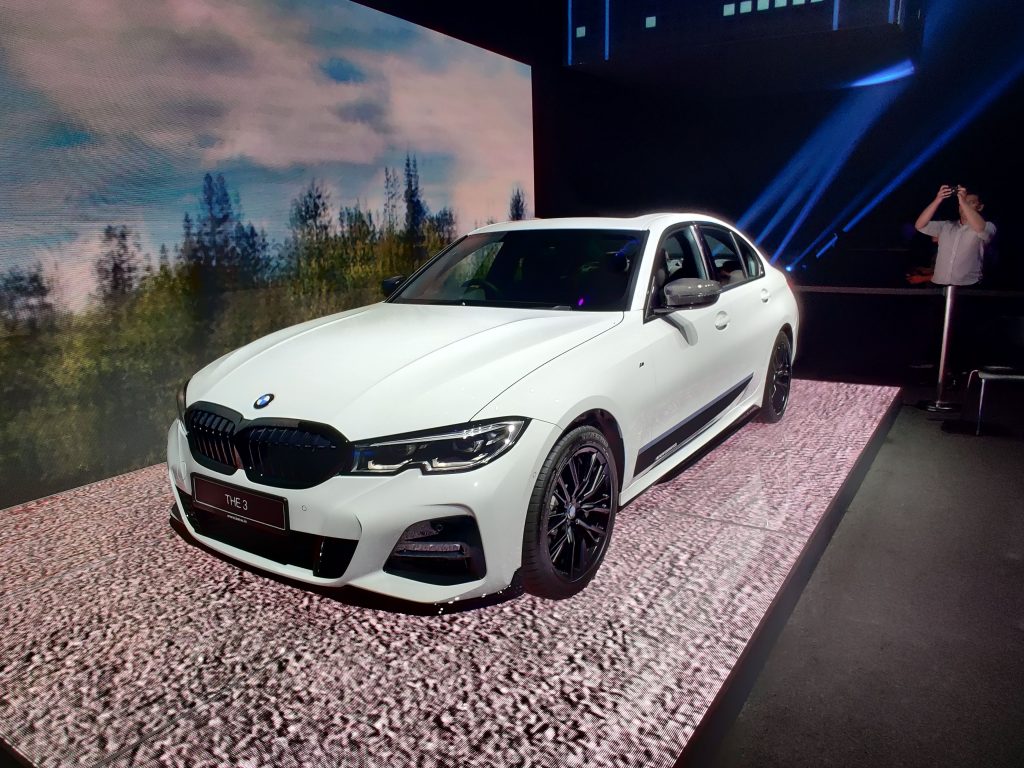Despite the tepid sales and an arduous industry decline, automotive technology continues to evolve, embracing newer cutting-edge technologies in mainstream automobiles. BMW is one such manufacturer that is fuelling this change with its new 3 series sedan.
BMW Virtual Assistant
Built on the same Cluster platform (CLAR) as the 5 and 7 Series, it marks the seventh-generation technology-based architecture. This new platform enables a range of segment-first features such as the BMW Virtual Assistant which wakes to user commands with the custom user keyword or a default one called “Hey BMW!”. This input enables a user to control several car functions via his/her voice.
BMW Gesture Control
This new feature is the part and parcel of a rigorous pursuit to accurately map a user intention while implementing a function using a hand gesture. Six pre-defined hand gestures enable control over the infotainment system.
Reversing Assistant
Driver assistant system has grown extensively over the years, with several functions and system working in tandem to render an unparallel user driving experience. BMW has taken it a notch further with its new reverse assistant system, that helps the user get in and out of tight parking spaces with considerable ease.

Body Tweaks
The new sedan now supports a larger cross-section that is 55kg lighter than its predecessor with a best in a class drag coefficient of 0.23. The styling tool is upgraded with a basic silhouette borrowed from its earlier variant with a few significant tweaks around the inside. The traditional round lights give way to a new L-shaped LED daytime running lights with a neatly crafted kidney grille. The L-shaped tail-lights are a new addition which doesn’t resemble the earlier traits of the famous 3 series but still looks classic BMW. The departure from traditional 3`s comes through its interior that is similar in tone with the one`s we observed on the BMW X5 and X7.
The interior now feels a bit airier and a bit more practical due to a clever new design. The rear seats get the new 40:20:40 split as standard across all variant with all the clever storage spaces on the inside. In regards to equipment, the new 3 series gets an 8.8/10 -inch infotainment system with BMW latest iDrive that can be controlled via gesture, touchpad or voice commands. The top-spec trim gets a LED headlight and Taillight with 3-zone climate control, digital instrument cluster, ambient lighting, electric sunroof, parking sensors and a reverse camera.
The 3 Series will house the new Twin Power Turbo Technology over 2.0-litre turbocharged petrol or diesel engine. The diesel variant will be offered in two standard options called the 320d Sport and 320d Luxury line, with a standard 330i M Sport petrol variant on offer. The four-cylinder 330i petrol model can put out 258hp at a peak torque of 400Nm while the 320d diesel variants produce 190hp at 400Nm. Both engines come mated to a single power train of an 8-speed StepTronic Sport Automatic transmission as standard.
The all-new BMW 3 Series will be available in Alpine White, Black Sapphire, Mineral Grey and Mediterranean Blue colour scheme. The BMW 320d Sport ex-showroom starts Rs. 41.40 lakh, BMW 320d Luxury Line ex-showroom starts Rs. 46.90 lakh, BMW 320i M Sport ex-showroom starts Rs. 47.90 lakh. The new BMW 3 Series it is set to take on the Mercedes Benz C-class, the Audi A4 and the Jaguar XEin its class.